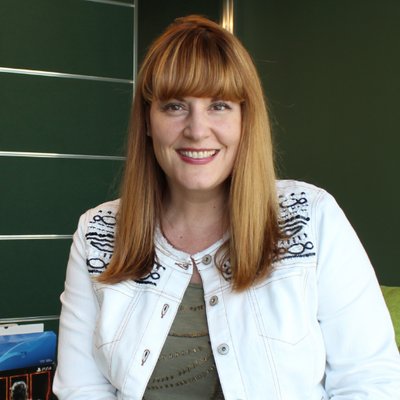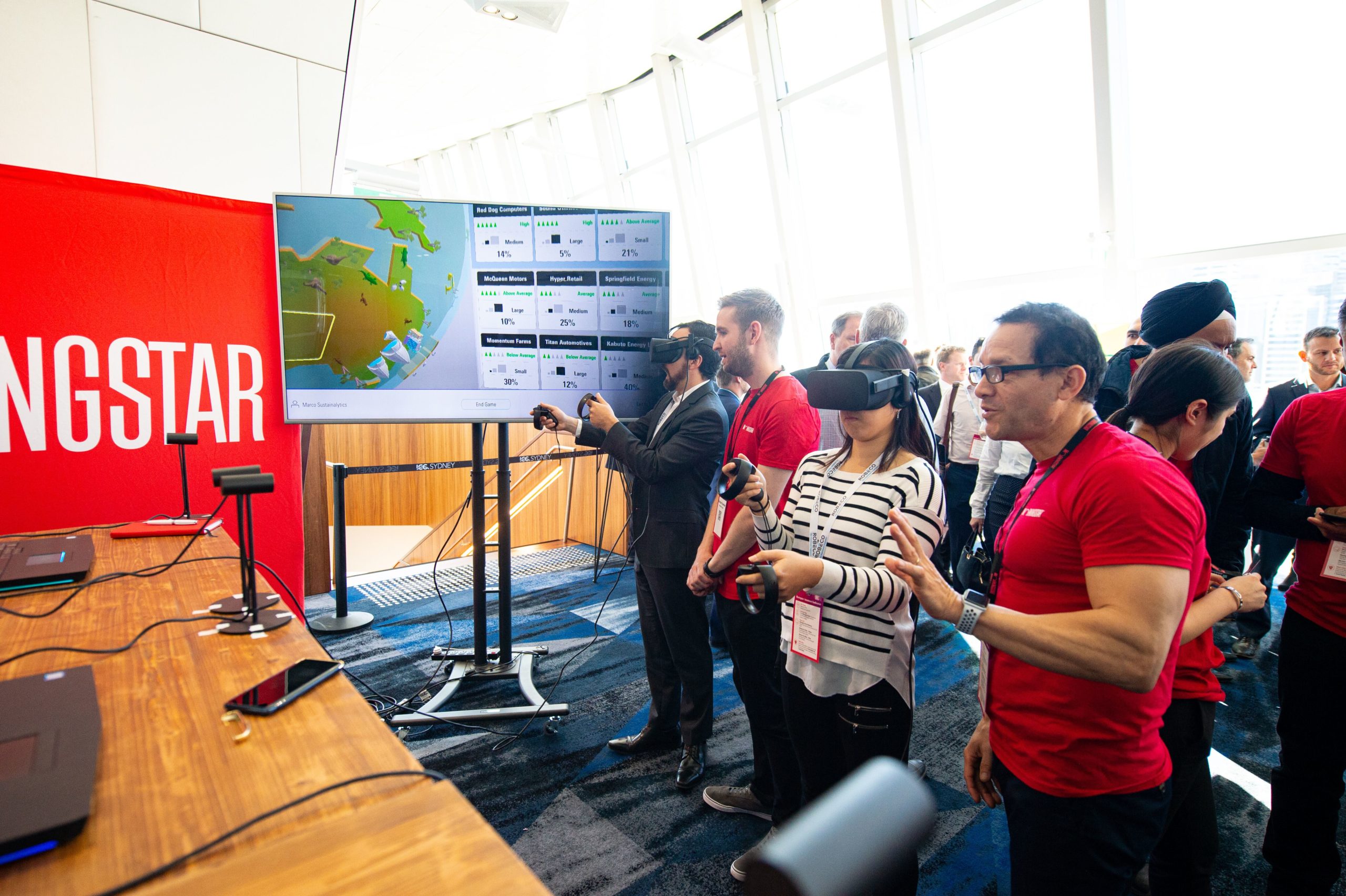MEET THE SPEAKER
Leslie Marshall, Morningstar

Meet Leslie!
Head of Experiential Marketing, Morningstar
Leslie Marshall, Head of Experiential Marketing at Morningstar, is responsible for bringing Morningstar’s thought leadership to life through conferences and events, providing a deeper dive into the firm’s research with Morningstar magazine and connecting with investors through Morningstar’s social media accounts.
We look forward to her session about how to use augmented reality (AR) and virtual reality (VR) to create unforgettable experiences at our Healthcare Marketing Summit on Thursday, March 12th, 2020.
Until then, Leslie took the time to answer a few questions so we could learn more about AR and VR and her exciting marketing career.
Q&A with Leslie
What were your biggest learnings bringing AR and VR on board from both the technical implementation and customer experience aspects of the campaign?
When we first started using AR and VR as an organization, the biggest challenge for me and the team has been the discomfort of the unknown. We were both learning about AR and VR AND creating new experiences with these technologies. We hosted open houses and learning lunches so the team could try out the technology and devices. We also learned from our first year that we needed to have more testing during the development of the projects.
In 2019, the Morningstar Sustainable Earth Virtual Reality Experience went to our four largest conferences in London, Sydney, Chicago and Mumbai. During the development, we set up testing centers in Chicago and had a testing day in London, Sydney and Mumbai during the development phase. We were able to take feedback during the testing to improve the game play and functionality.
When we launched the VR experience at the conference in London, we were able to incorporate user feedback and make continued improvements for the conference in Chicago the following week. When our clients and conference attendees experience AR and VR for the first time and you see the “WOW” look on their faces – that’s when I knew we were doing something unique and showing Morningstar’s data, design and research in a new way.
Technology is great but it has to be purposeful, useful. We want to use it to empower investors, which is Morningstar’s mission.

What metrics do you look at when determining the success of one of your AR/VR campaigns?
Like any campaign, we look at engagement as a key metric – how many people downloaded the AR app, how are people engaging with content through the AR app (AR trigger scans, video views, click-through data) and time spent. We use this information to prioritize new AR development and improvements.
For our VR experiences, we track the number of people who went through the VR experience and how long they spent in a session. In 2019, attendees at our four largest conferences spent over 81 hours immersed in the Morningstar Sustainable Earth VR experience. We have also used lead scanning apps to scan an attendee badge after a VR session if the person was interested in learning more about our related solutions.

Other than AR/VR programs, what has been successful in collecting leads at a trade show?
For the Morningstar Investment Conference in Chicago, we use RFID (radio frequency identification) to track attendee engagement with the sessions on the agenda and spaces in the exhibit hall. This information helps us understand session demand, traffic flow and interest in exhibit hall activities. If attendees have opted in to receive marketing information, we add attendee contact information and session attendance data to lead nurture programs.
We provide lead scanning apps or devices to our team members in the US, UK, India and Australia, so they can capture contact information after interaction with an attendee, like a product or virtual reality demo. For third party trade shows, we use a lead capture app to collect information about booth visitors. We use Tableau to track leads and have been able to track revenue from our hosted conferences as well as third party trade shows.
The important factor here is having a plan for the data! We meet regularly with our marketing ops and product marketing teams to discuss what data we have, how to prioritize it and develop a flow (to lead nurture, sales, etc.). If you don’t have a plan for all the data you’re collecting, it’s a waste of time and money.
Do you have any exciting projects in the works that you can share with us?
Too many to count! That’s what’s fun about my role and the great team I work with – we’ve always got new things in the works for our events and social media. We’re thinking big with our conferences and developing brand experiences that are scalable and work in multiple markets. I love collaborating with our events and marketing teams around the world.
Our team is working on the Morningstar Sustainable Earth 2.0 VR experience for our conferences in 2020. We want to build on all the development work from our 2019 VR experience and what we’ve learned. Our goal is to continue to help investors understand ESG investing and the impact of their investment choices. We are going in to our third year of using AR@MIC app at the Morningstar Investment Conference in Chicago. In 2020, we want to supercharge connections between conference attendees and deliver more “WOW” moments using AR.
In 2020, our social media team is excited to learn more about investors through enhanced listening capabilities and analytics with the implementation of Sprinklr, a social enterprise solution.
What is the biggest lesson you’ve learned throughout your career?
The one thing that has served me well throughout my career is curiosity – I always want to learn about trends, understand our customers, figure out how tech works. I read a lot. I go to events and conferences to make new connections and learn. I scour social media feeds for new and interesting ideas. At a certain point I realized I have to be comfortable with being uncomfortable (although it still makes me uncomfortable!). But, that’s where the learning supports “discomfort” – if I want to understand something new, I read articles and books and reach out to my network to learn more. I ask lots of questions and talk to people who are knowledgeable. Having a sense of curiosity has fueled my personal and professional growth.
